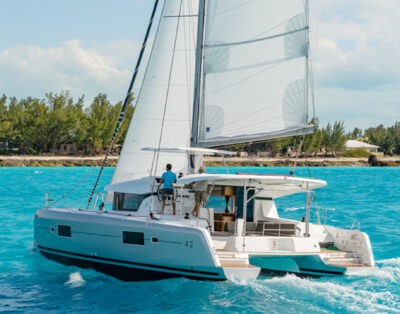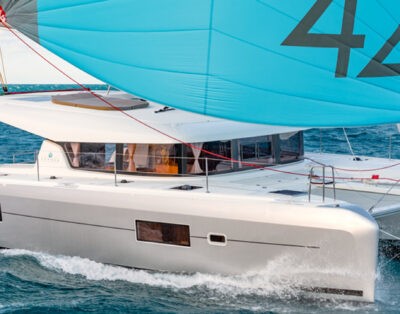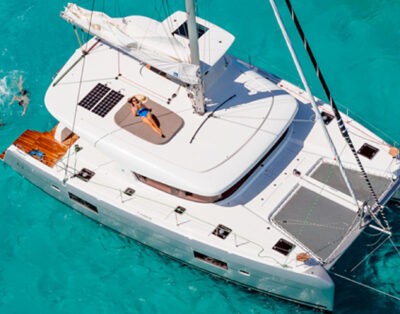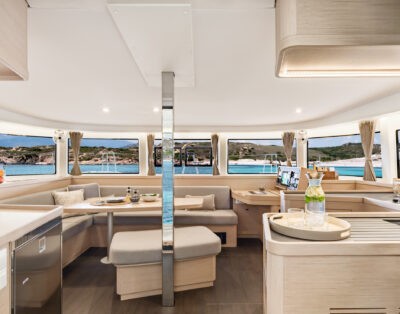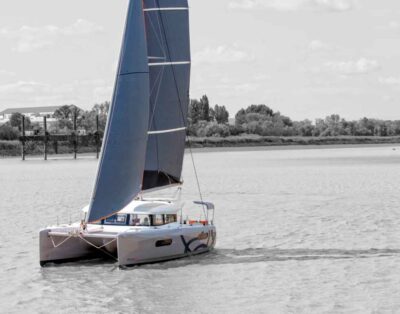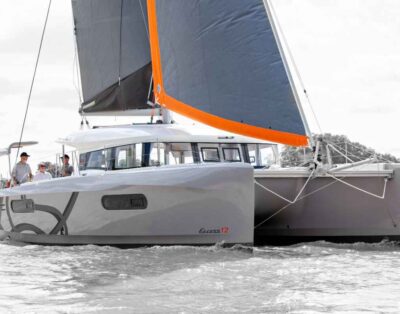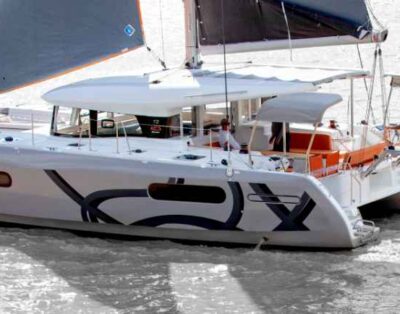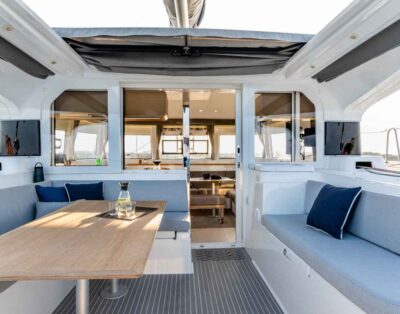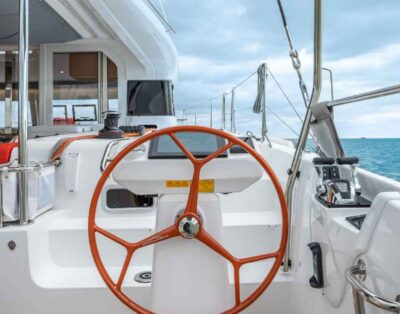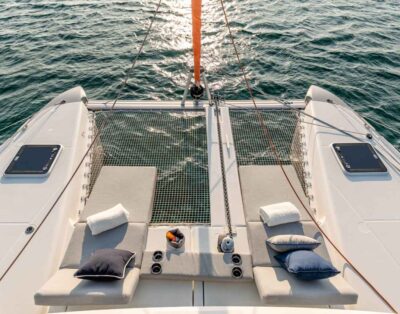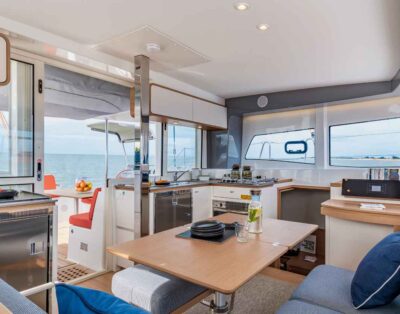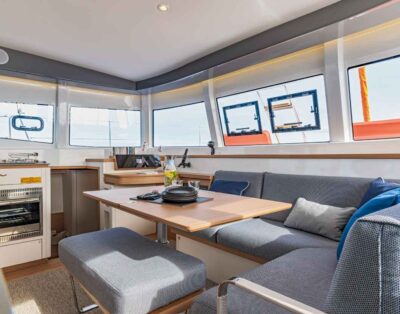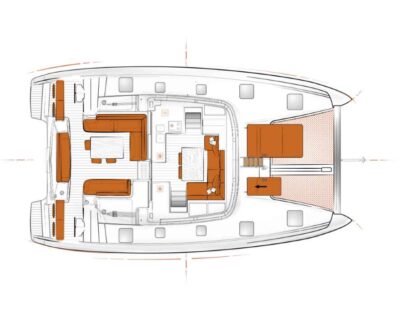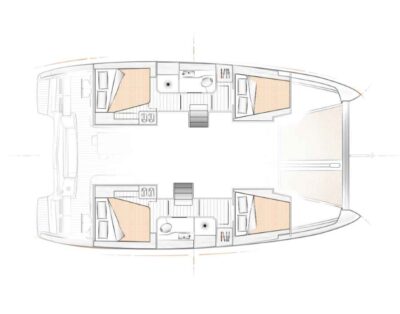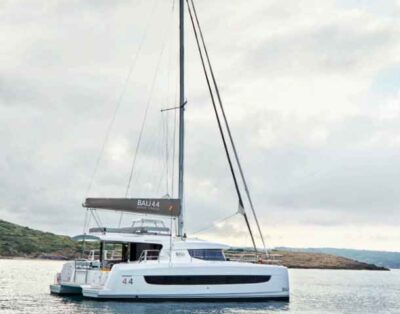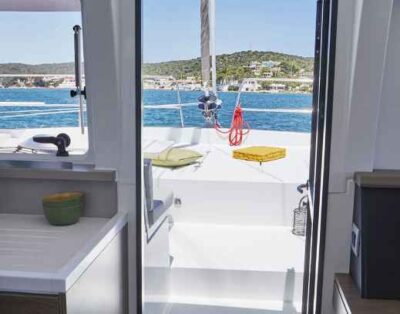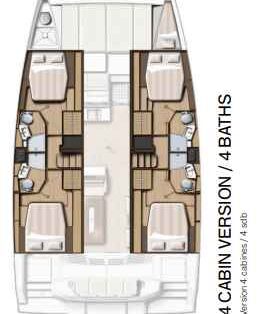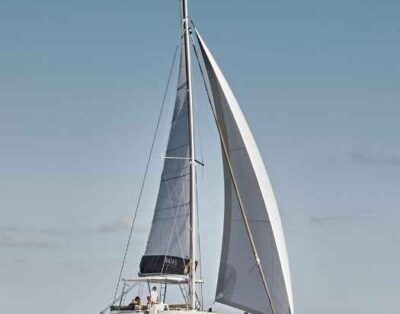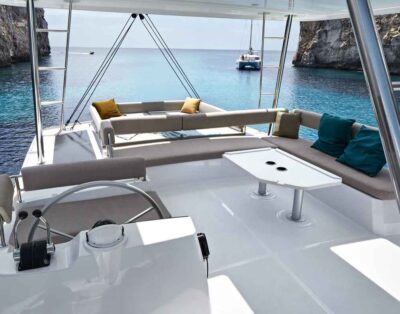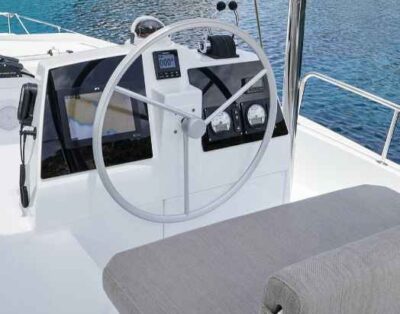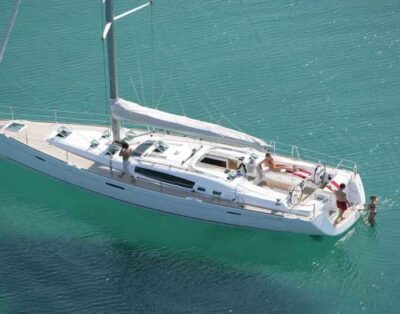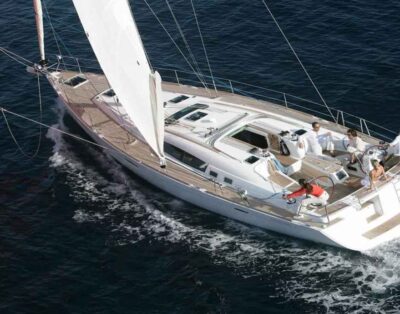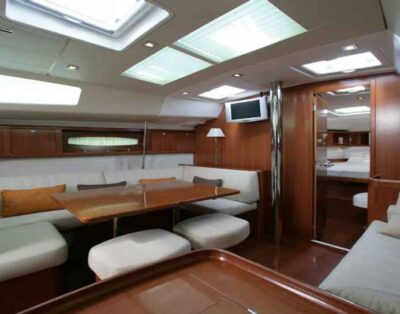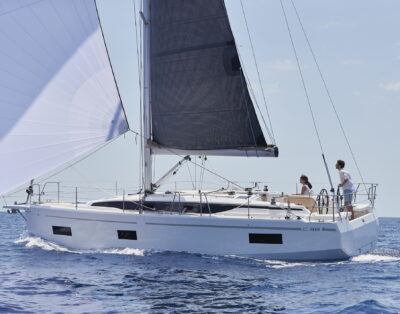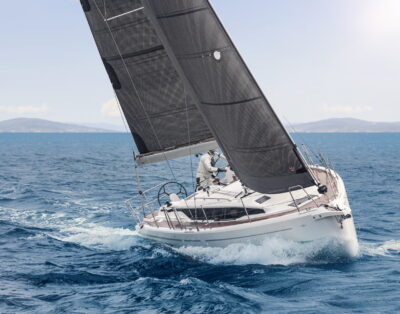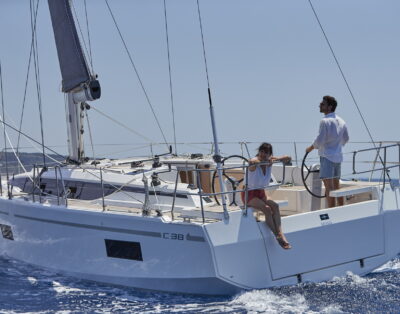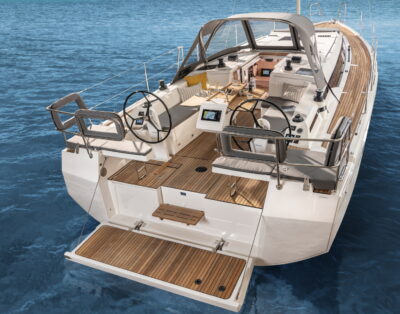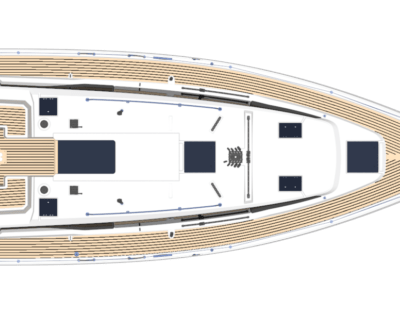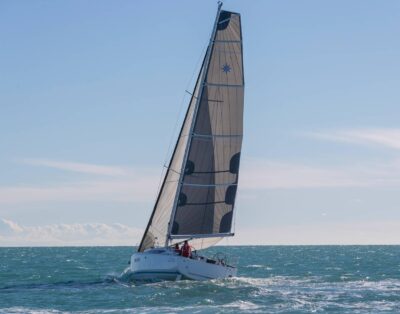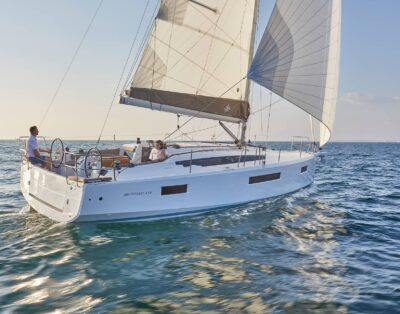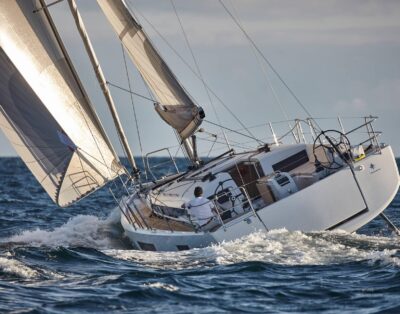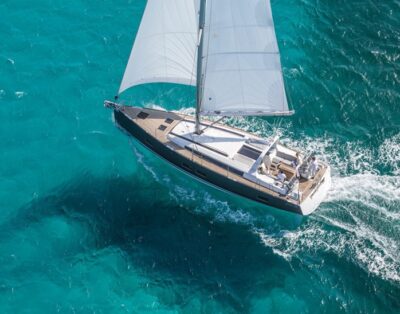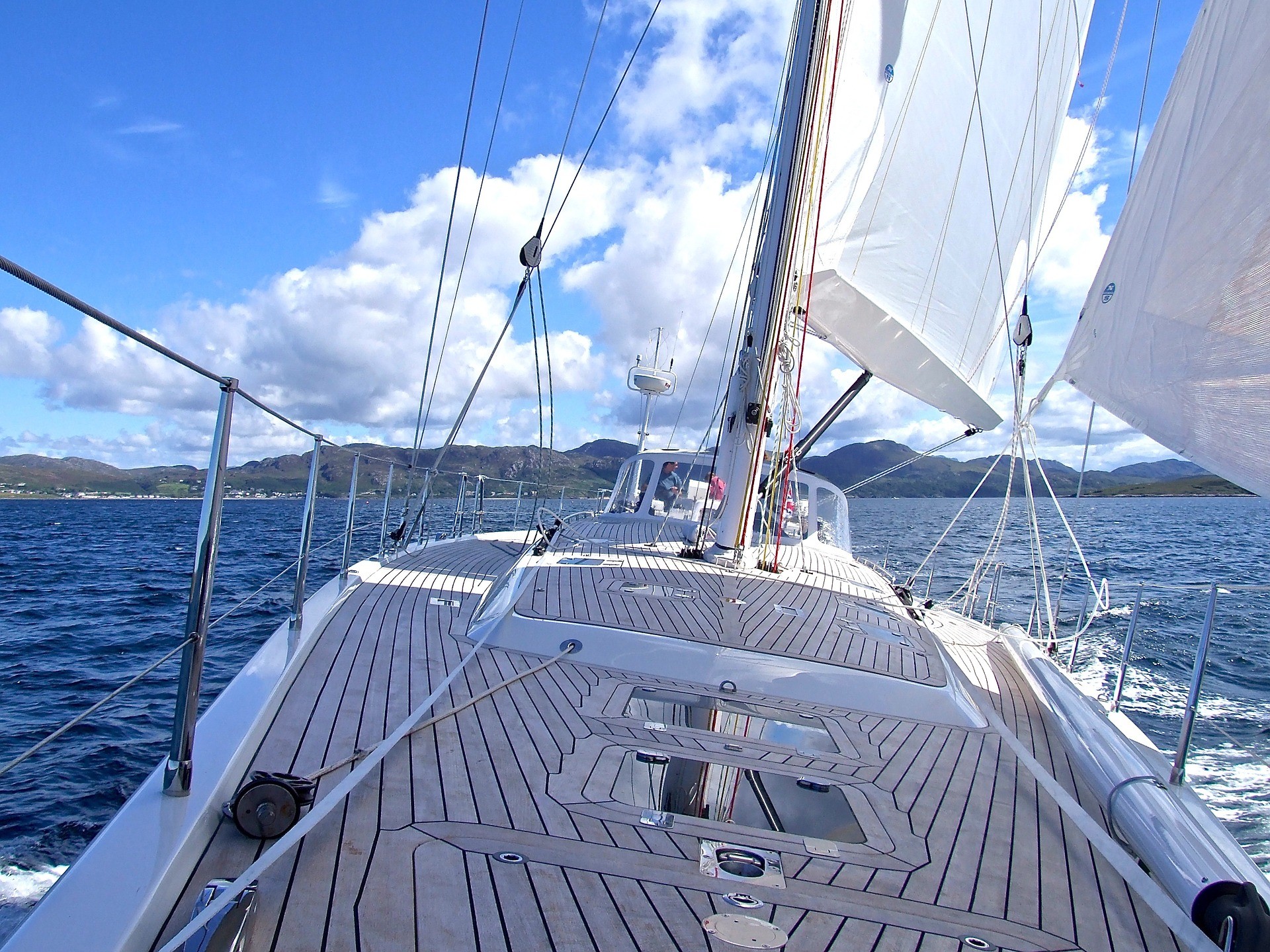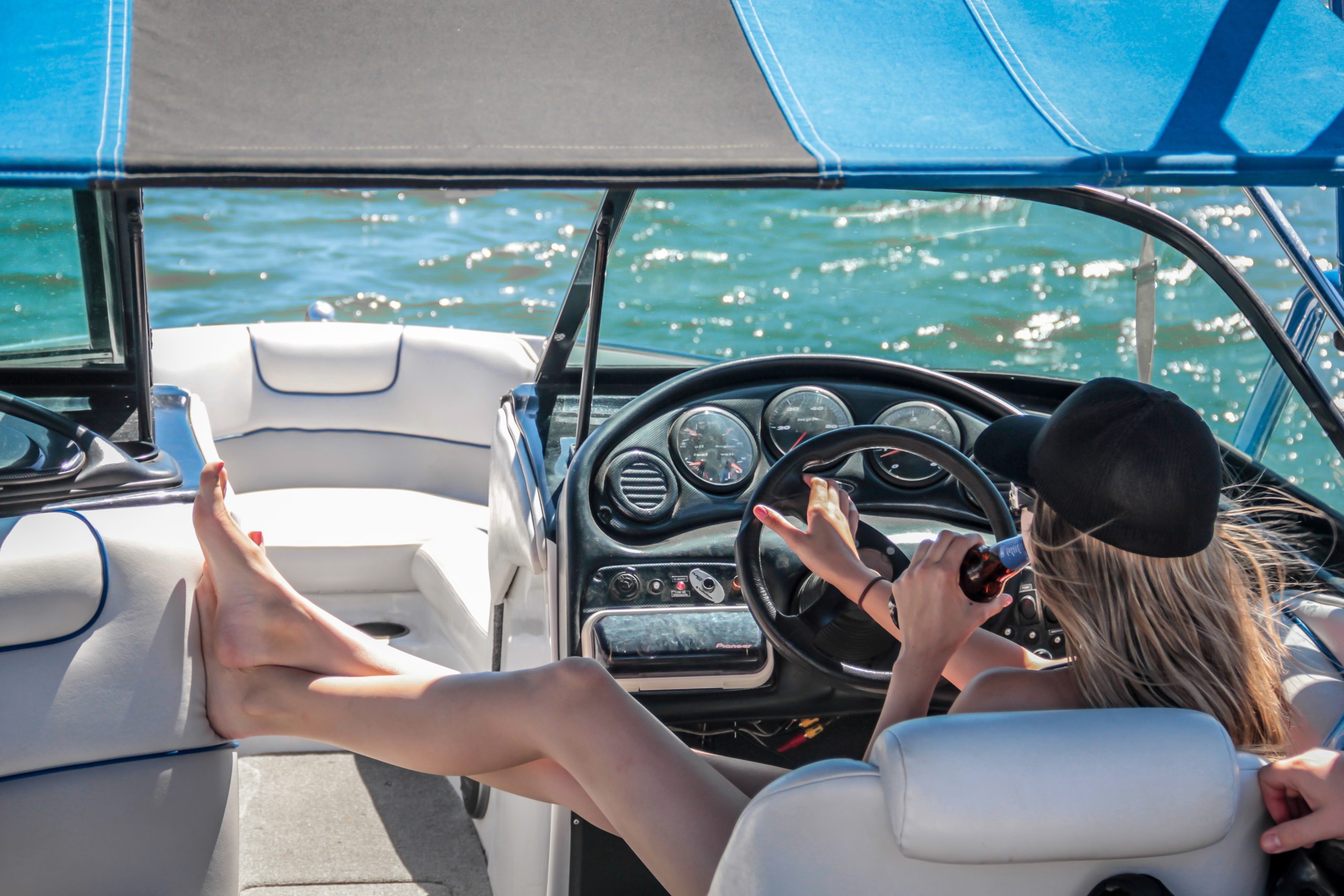First Time Sailing
General First Time Sailing Tips
- Choose calm, un-crowded waters If you’re just starting to master sailing basics and learn how to sail, then one of the most important beginner sailing tips to remember is to practice in ideal conditions of light winds and low traffic.
- Choose a small boat to learn how to sail It’s easier to learn how to sail with fewer lines and sails. A small dinghy will be more responsive and easier to maneuver, and is also perfect for practicing test capsizes in.
- Begin on a boat rigged with one sail Similar to the above, beginning on a boat that’s rigged with just one sail will make learning sailing basics easier and less complicated.
- Follow sailing basics for safety There are certain sailing basics for safe boating that should go without saying, no matter what your level of expertise. These include always telling someone before you go out on the water, always bringing a floatation device and knowing in advance how to swim.
- Research tide, wind and weather conditions. Check the weather forecast so you can be prepared for whatever the weather might bring. Be sure to bring along adequate provisions, clothing and basic weather gear as needed. Boating and sailing basics means always being prepared.
- Become familiar with sail control The best sailors are the ones who are able to adjust sail settings to take the best advantage of different wind and water conditions. In general, sails should be relatively flat when the wind is either very light or very strong, and full when there is a moderate wind.
- Capsize on purpose. This may seem like one of the oddest beginner sailing tips we could suggest, but it’s better to practice how to handle a capsized sailboat within a controlled environment, as opposed to an uncontrolled one. We learn best from experience, and the valuable sailing basics you’ll pick up from going through a test-capsize in a small dinghy will serve you well in the event of a real-life one.
- Respect the boom Some of the most common sailing injuries are a result of not being aware when the boom is about to swing. To avoid a bump to the head, or even worse, being knocked overboard, one of the most important beginner sailing tips to always remember for both passengers and crew is to be conscious and respectful of the boom at all times.
- Learn basic sailing terms. Before you venture out on your first trip, be sure to acquaint yourself with basic sailing terms. Make sure you know the difference between port, starboard, and other important concepts.
- Practice makes perfect. Don’t try to teach yourself all the sailing basics. Invest in a good sailing course, research guides and books, and learn from friends with experience.
10 Beginner Sailing Terms Everyone Should Know
We have compiled this short list of 10 beginner sailing terms that everyone should know. If you’re just learning how to sail, these handy terms can provide a helpful overview of sailing basics you need to become familiar with.
1. Aft – The back of a ship. If something is located aft, it is at the back of the sailboat. The aft is also known as the stern.
2. Bow – The front of the ship is called the bow. Knowing the location of the bow is important for defining two of the other most common sailing terms: port (left of the bow) and starboard (right of the bow).
3. Port – Port is always the left-hand side of the boat when you are facing the bow. Because “right” and “left” can become confusing sailing terms when used out in the open waters, port is used to define the left-hand side of the boat as it relates to the bow, or front.
4. Starboard – Starboard is always the right-hand side of the boat when you are facing the bow. Because “right” and “left” can become confusing sailing terms when used out in the open waters, starboard is used to define the right-hand side of the boat as it relates to the bow, or front.
5. Leeward – Also known as lee, leeward is the direction opposite to the way the wind is currently blowing (windward).
6. Windward – The direction in which the wind is currently blowing. Windward is the opposite of leeward (the opposite direction of the wind). Sailboats tend to move with the wind, making the windward direction an important sailing term to know.
7. Boom – The boom is the horizontal pole which extends from the bottom of the mast. Adjusting the boom towards the direction of the wind is how the sailboat is able to harness wind power in order to move forward or backwards.
8. Rudder – Located beneath the boat, the rudder is a flat piece of wood, fiberglass, or metal that is used to steer the ship. Larger sailboats control the rudder via a wheel, while smaller sailboats will have a steering mechanism directly aft.
9. Tacking – The opposite of jibing, this basic sailing maneuver refers to turning the bow of the boat through the wind so that the wind changes from one side of the boat to the other side. The boom of a boat will always shift from one side to the other when performing a tack or a jibe.
10. Jibing – The opposite of tacking, this basic sailing maneuver refers to turning the stern of the boat through the wind so that the wind changes from one side of the boat to the other side. The boom of a boat will always shift from one side to the other when performing a tack or a jibe. Jibing is a less common technique than tacking, since it involves turning a boat directly into the wind.
How to Jibe and Tack when Sailing
You need to know the two basic sailing maneuvers — jibing and tacking — whether you’re sailing the open seas or an enclosed lake. (Jibing and tacking take you away from or into the wind.) The following instructions and illustrations give you step-by-step procedures to accomplish both.
Sail Positions and Their Names
When you’re sailing, you use specific terms to describe the position of the sail — along with calling the left side of the boat port and the right side starboard. Check the following figure for the terms that indicate different sail positions.
Basic Traffic Rules of the Waterway for Sailboats
Traffic rules prevent accidents on land — and on water. Just because you’re sailing on open water doesn’t mean you can disobey simple traffic rules. The rules of the water actually call for more consideration than rules of the asphalt, so bear the following conventions in mind as you sail:
What to Bring when You Sail
A good sailor always has the right tools and equipment on board. Whether you’re sailing around for just half an hour or spending the day on the water, use the following checklists to make sure you’re prepared for any eventuality. (Remember what happened to Gilligan and friends on their three-hour tour!)
Charter Types
Seafarer Sailing offers you Yacht Charters in Greece, providing bareboat & crewed yacht charters.
Corporate Yacht Charter
Luxury yacht charters are not simply confined to the likes of families, couples, and groups of friends seeking an exceptional holiday. Corporate charters see some of the world’s true luxury yachts open their decks to companies looking for a way to entertain clients, reward employees, or host business activities.
Corporate yacht charters have become increasingly popular with executives looking to organize important meetings or close a business deal away from the distractions of the office. A charter yacht provides the perfect opportunity to build relationships with clients and suppliers in complete comfort.





